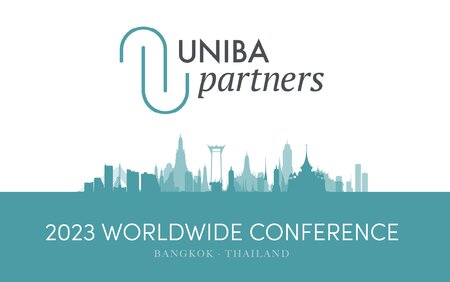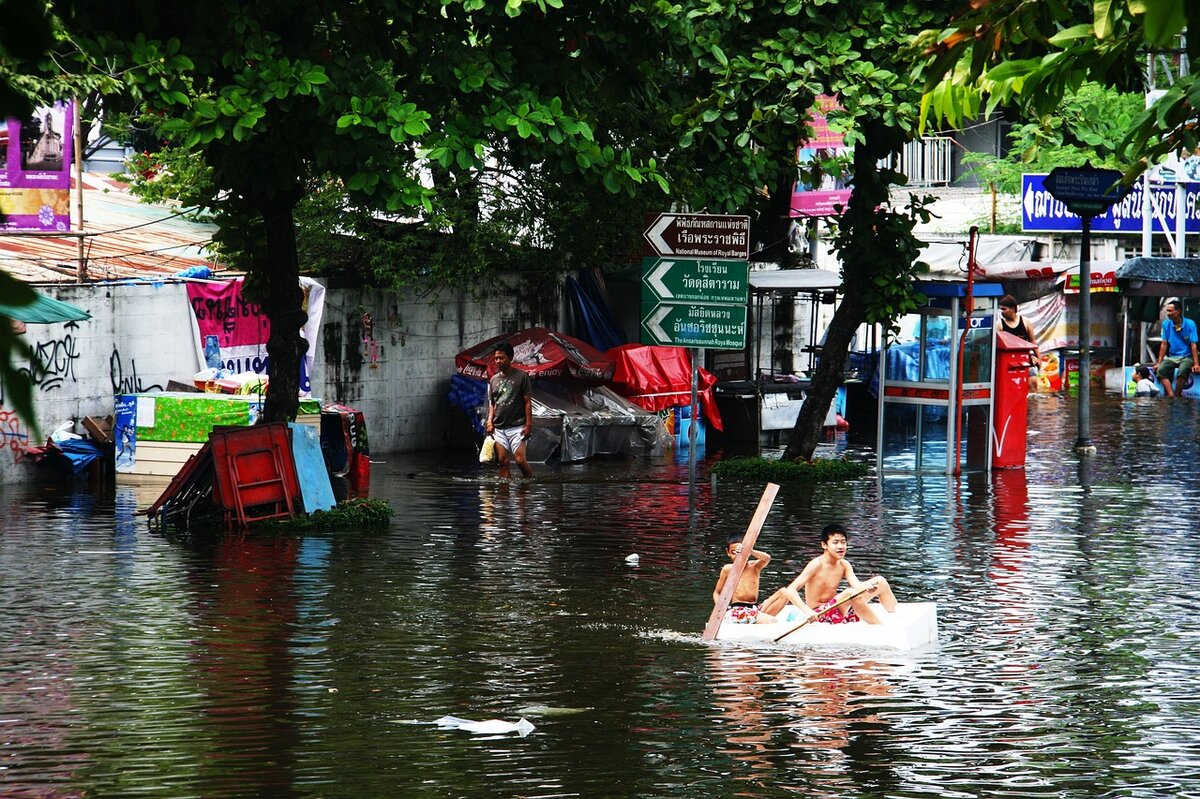UNIBA's Bangkok Blog: The latest on Thailand’s Insurance Market
14 September 2023

With UNIBA’s Worldwide Conference in Bangkok, Thailand (25-28 October 2023) at our doorstep, we will spend the upcoming weeks introducing speakers, sponsors and the latest hot topics on ‘The Changing Face of Risk’. In this edition our Partner in Thailand, Andy Minckler from InsurExcellence, is providing us with the latest market trends in the Thai insurance market.
What does the Thai insurance market look like today? What are the primary exposures and risks? And where do we see that market trends in future?
Before we address those questions, for those unfamiliar with Thailand as a country - beyond images of world-class beaches, elephants, golden temples, and its wonderful cuisine! - here are some fast facts about the country:
- Population : est. 70 million (with an aging cohort of 20% above 60 by 2025)
- “4 Pillars” Economy : Exports, Manufacturing, Agriculture, Tourism & Services
- GDP (2023 est) : $574 billion (2nd largest in SE Asia), $8,181 per capita income
Thailand’s insurance industry is robust and well-established, with 52 Non-Life companies, 22 Life and 2 Reinsurers. Many multinationals are present in the Thai market, alongside the domestic players.
A quick glance at some of the key metrics for the Thai insurance industry:
Total GWP in 2022 of THB 919 billion ($26 billion)
Life insurance THB 645 billion ($18 billion)
Health insurance THB 86 billion ($2.4 billion)
Non-Life insurance THB 274 billion ($7.7 billion)
Motor is by far the largest segment with circa 58% of NL premiums
Forecast gross premium CAGR overall in 2023-2030 of 5-6%
Broker Channel accounts for 72% of NL premiums, but only 4% of Life
Insurance Penetration Rate of 5.6% (quite high for Asia)
What are the key exposures and risks in Thailand?
On the Property side, the most prevalent risk is and has been Nat Cat, by a wide margin. Thailand’s geography is heavily exposed to dramatic rainfall over two seasons, with subsequent flooding, a perennial concern for insurers and insureds alike. One need only go back to 2011 and the “Great Thai Floods” that produced circa $50 billion of economic damage as evidence of this risk. Climate change with more violent and frequent storms will surely not help a country like Thailand that already has significant Nat Cat exposures.

More and more Thai firms are expanding their footprints beyond their borders into the region, if not globally. This results in various additional risks and exposures on the Liability side, as well, including Cyber and Financial lines.
With respect to EB or A&H, Thailand’s insurers were no different than many others around the world, in having to deal with the ravages of COVID and related claims. In fact, some Thai insurers suffered fatal blows to their balance sheets and were shut down by the regulator. Less onerous, but nonetheless relevant of late, has been the high rate of medical inflation in Thailand, averaging 7-10% annually and likely to remain the same in near future.
The latest market developments, opportunities, and trends
As a mature insurance market, Thailand must embrace change and innovation just as its more advanced competitors in the region will surely do. Consolidation is likely to continue, with a market some would say has too many insurers (and Brokers).
The digital economy is already emergent in the Thai insurance sector. This aligns with the fact that Thailand ranks among the top 10 countries in the world for time spent on mobile phones. This is a natural complement to sales, services, and distribution platforms reliant on apps and mobile technology.
As referenced earlier, Thailand has one of the more aging populations in the region, so health and life insurers could see increasing loss ratios with increasing demand for healthcare. However, the flip side is that intelligently designed products with risk mitigation measures built into the underwriting can help savvy insurers to address the demand curve without excessive loss ratios. One example of this we are seeing in the market is local insurers offering more and higher deducible options to policyholders (both Group and Individual); this has traditionally only been available with IPMI plans, not the Local plans.
In a similar vein, Thailand ranks among the top medical tourism destinations in the world. While costs of healthcare have risen in Thailand, they still represent just 1/5 of the costs in Europe and the US for many procedures. Quality of care and facilities are now deemed to be of a “world-class” standard. We expect Thailand’s hospitals and medical infrastructure will continue this trend to capture market share for medical tourists from around the world.
Other examples of trends and opportunities we expect to see more of in future:
High growth rates for corporate Cyber insurance products
Motor insurance taking more claims onto mobile applications; EV expansion
The SME package policy approach to Property, BI and some Liability covers
Travel and PA products are coming back with more Thais traveling overseas again
A “shared family health plan” for up to 5 family members (a new joint venture was formed with a major hospital group, a bank and a Life insurer)
For more details on UNIBA Partner’s Worldwide Conference please visit the microsite and event page (Partners only). For more information on the insurance market in Thailand, please contact Andy Minckler at andym@insurexcellence.com.



